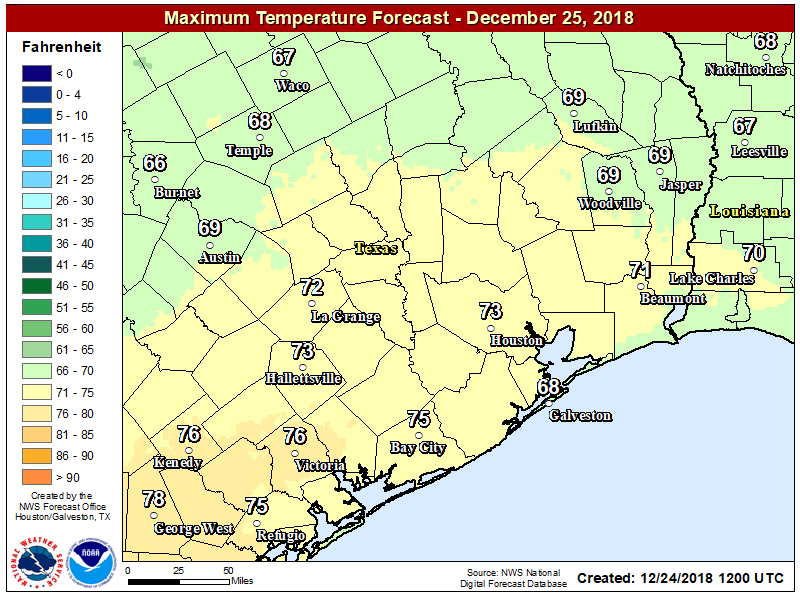We always seem to lock into a dreary, gray pattern this time of year for a period of time, and this year, while a bit more broken up, looks similar. So enjoy today, which will be delightful!
Today
Beautiful. Expect sunshine and really stunning weather for late December. We’ll do lower 60s this afternoon, with a few spots maybe in the upper-50s. Other than a modest breeze and perhaps a few clouds late, it will be a calm, lovely day.
Tonight through New Year’s Eve Monday
We’ll be setting up another storm system over the area beginning tonight. While this one should not have nearly the impact of the storm we just got through, it will be a bit drawn out.
Clouds will increase tonight, with low temperatures probably being reached earlier in the evening than Thursday night into this morning. We should do mid- to upper-40s for lows.
Unfortunately, Saturday doesn’t look great.

I’m hesitant to call it a washout right now, but I do think there will be a fair bit of light or steady rain and showers around during much of Saturday. Moisture begins to increase tonight, and it will further increase tomorrow and tomorrow night. Rain chances will probably start near the coast on Saturday morning and spread inland during the afternoon and evening.



